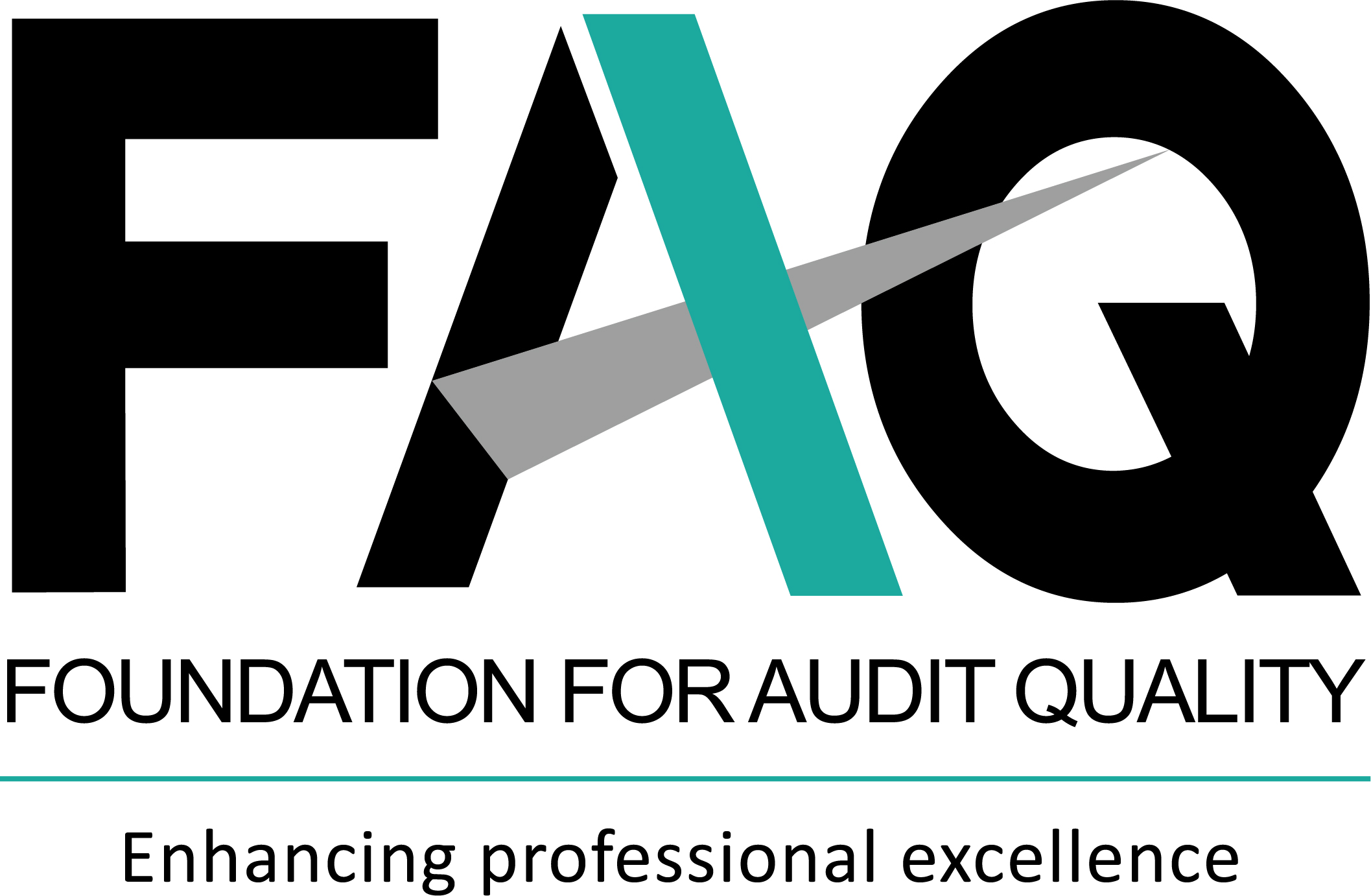Regulatory update
Updates from SEBI
In September 2023, MCA had extended the timelines for:
- Holding Annual General Meetings (AGMs) and Extraordinary General Meetings (EGMs) through audio visual means up to 30 September 2024, and
- From dispatching of physical copies of the financial statements (including board’s report, auditor’s report and other documents required to be attached therewith) up to 30 September 2024.
Pursuant to this, the Securities and Exchange Board of India (SEBI) received representations from various stakeholders for similar exemptions.
Accordingly, it has issued two circulars that provide the following relaxations to listed entities:
Issuers of Non-Convertible Securities (NCS) Regulation 58(1)(b) of the SEBI (Listing Obligations and Disclosure Requirements) Regulations, 2015 (LODR Regulations) provides that a listed entity must send a hard copy of the prescribed statements4 The statement, containing the salient features of all the documents specified in Section 136 of the Act. to those holders of non-convertible securities who have not registered their e-mail addresses with the listed entities or depositories5 The email addresses are required to be registered in order to receive soft copies of the requisite statements..
SEBI has now extended the applicability of this provision up to 30 September 2024.
Issuers of specified securities SEBI, vide master circular dated 11 July 2023 had relaxed the applicability of Regulation 36(1)(b)6Hard copy of documents and information to be shared with shareholders of the LODR Regulations for Annual General Meetings (AGMs) and Regulation 44(4)7 Facility for e-voting provided to shareholders of the LODR Regulations for general meetings (in electronic mode) held till 30 September 2023.
SEBI has now decided to extend these relaxations up to 30 September 2024.
Effective date: The circulars are applicable with immediate effect.
Regulation 50B of the SEBI (Issue and Listing of Non-Convertible Securities) Regulations, 2021 (the NCS Regulations), lays down the criteria for a listed company to be considered as a Large Corporate (LC). Chapter XII of the master circular for issue and listing of Non-convertible Securities, Securitised Debt Instruments, Security Receipts, Municipal Debt Securities and Commercial Paper (NCS Master Circular)8Chapter XII of the NCS Master Circular deals with Fund raising by issuance of debt securities by large corporates stipulates the criteria of a LC and mandates the LCs to raise a minimum 25 per cent of their incremental borrowings in a Financial Year (F.Y.) through issuance of debt securities over a contiguous block of three years from F.Y. 2022 onwards.
However, SEBI, vide a circular dated 19 October 2023 (the revised framework) has revised the framework for fund raising by issuance of debt securities by the LCs. Some of the key aspects of the revised framework include:
- Applicability: The revised framework would be applicable w.e.f. 1 April 2024 for LCs following April to March as their F.Y. For LCs which follow January to December as their F.Y., the revised framework would be applicable w.e.f. 1 January 2024.
-
Revised definition of a LC9
The older definition of an LC is: all listed entities (except for Scheduled Commercial
Banks), which as on the last day of the F.Y.:
a)have their specified securities or debt securities or non-convertible redeemable preference shares, listed on a recognised stock exchange(s) in terms of SEBI LODR Regulations, 2015; and
b)have an outstanding long-term borrowing of Rs. 100 crore or above, where outstanding long-term borrowings shall mean any outstanding borrowing with original maturity of more than one year and shall exclude external commercial borrowings and inter-corporate borrowings between a parent and subsidiary(ies);and
c)have a credit rating of "AA and above", where credit rating shall be of the unsupported bank borrowing or plain vanilla bonds of an entity, which have no structuring/support built in; and in case, where an issuer has multiple ratings from multiple rating agencies, the highest of such ratings shall be considered. : All listed entities (except scheduled commercial banks), which as on the last day of the F.Y.:
- Have their specified securities or debt securities or non-convertible redeemable preference shares listed on a recognised stock exchange(s) in terms of the LODR Regulations, and
- Have outstanding long-term borrowings of INR1000 crore or above, and
- Have a credit rating of “AA”/”AA+”/”AAA”, wherein the credit rating pertains to the unsupported bank borrowing or plain vanilla bonds of an entity, with no structuring/support built in.
-
Qualified borrowings:
The LC should raise not less than 25 per cent of its qualified borrowings10
It refers to the incremental borrowing between two balance sheet dates having original
maturity of more than one year, but excludes:
- External commercial borrowings;
- Inter-corporate borrowings involving its holding company and/or subsidiary and/or associate companies;
- Grants, deposits or any other funds received as per the guidelines or directions of the Government of India;
- Borrowings arising on account of interest capitalisation; and
- Borrowings for the purpose of schemes of arrangement involving mergers, acquisitions and takeovers by way of issuance of debt securities in the F.Y.s subsequent to the F.Y. in which it has been identified as an LC. The revised framework provides that:
- From F.Y. 202511 FY 2025 shall mean 1 April 2024 – 31 March 2025 or 1 January 2024 – 31 December 2024, as the case may be. onwards, the requirement of mandatory qualified borrowing in a F.Y. should be met over a contiguous block of three years. Accordingly, a listed entity would be identified as a LC, as on the last day of 31 March, FY "T-1" or 31 December, FY "T-1", and must fulfil the requirement of qualified borrowing for FY "T", over FY "T", "T+1" and "T+2"
- If at the end of three years, i.e., last day of FY "T+2", there is a surplus in the requisite borrowings (i.e., the actual borrowings through debt securities is more than 25 per cent of the qualified borrowings for FY "T"), in such case, the framework has prescribed certain incentives for the LC. On the other hand, if there is a shortfall in the requisite borrowings, then the framework has provided for some dis-incentives as well.
-
Transitional requirements12
All listed entities (except for scheduled commercial banks), which as on last day of the F.Y.:
a. Have their specified securities or debt securities or non-convertible redeemable preference shares, listed on a recognised stock exchange(s) in terms of the LODR Regulations, and
b. Have an outstanding long-term borrowing of INR100 crore or above, and
c. Have a credit rating of "AA and above", wherein the credit rating must be of the unsupported bank borrowing or plain vanilla bonds of an entity, which have no structuring/support built in. : The revised framework states that such LCs must comply with the requirement of raising 25 per cent of their incremental borrowings done during F.Y. 2022, F.Y. 2023 and F.Y. 2024 respectively by way of issuance of debt securities till 31 March 2024, failing which, such LCs must provide a one-time explanation in their annual report for F.Y. 2024 (on a comply-or-explain basis).
To access the text of the circular, please click here
Action Points for Auditors
The definition of a LC has now been revised and the threshold for long term borrowings eligibility has increased from INR 100 crore to now INR1000 crores. It is expected that a smaller number of companies would fall within the ambit of this definition of a LC now. SEBI has provided certain transitional relief for companies that were identified as LC as per the previous framework. Auditors of such companies should consider whether the transitional requirements prescribed have been complied with, and appropriate disclosures should be made in the annual reports for F.Y. 2024.
Our Insights
Tools and Enablers
- Standard workpapers
- Technology tools
Resources
- Regulatory updates
-
India updates
Accounting updates
Auditing updates
Regulatory updates
-
International updates
Accounting updates
Auditing updates
Regulatory updates
-
Recap on key updates
-
Publications
India Publications
International Publications
-
Matter for auditors’ attention
-
Discussion/Consultation papers and Publications issued by regulators
India Publication
International Publication
Exposure Drafts/consultation papers
EDs/consultation papers
Matters for Consultation

